Table of content
Potstickers, or guo tie in Chinese cuisine, are a beloved dish that marries crispy, golden-brown bottoms with tender, flavorful fillings. When elevated with a delicate egg wrap, this classic dish transforms into a visually stunning and delectable meal. This article will guide you through the intricate process of creating potstickers with an egg-wrapped twist, ensuring every bite delivers a harmonious blend of textures and flavors. From preparing the filling to mastering the cooking technique, we’ll explore the nuances that make this dish a culinary masterpiece.
The Allure of Egg-Wrapped Potstickers
Traditional potstickers are typically pan-fried to achieve their signature crispy base, then steamed to cook the filling thoroughly. The egg-wrapped variation adds a layer of richness and elegance, enrobing the dumplings in a thin, lacy egg coating that becomes delightfully chewy. This method not only enhances the presentation but also introduces a subtle egg flavor that complements savory fillings like pork, shrimp, or vegetables. Whether served as an appetizer, snack, or main course, these potstickers are guaranteed to impress.
Ingredients: Building Flavor and Texture
To embark on this culinary adventure, gather the following ingredients:
For the Filling
- 250g ground pork (or substitute with chicken, beef, or plant-based alternatives)
- 100g shrimp, finely chopped (optional)
- 100g napa cabbage, shredded and salted to draw out moisture
- 50g bamboo shoots or water chestnuts, minced (for crunch)
- 2 green onions, finely sliced
- 3 garlic cloves, grated
- 1-inch ginger, grated
- 1 tbsp soy sauce
- 1 tbsp sesame oil
- 1 tsp white pepper
- 1 tsp sugar
- 1 tbsp Shaoxing wine (or dry sherry)
For the Egg Wrap
- 3 large eggs
- 1 tbsp cornstarch (mixed with 1 tbsp water to create a slurry)
- 1/4 tsp salt
- 1/8 tsp turmeric (optional, for color)
- 1 tbsp vegetable oil (for cooking)
For the Dumpling Wrappers
- 200g all-purpose flour
- 100ml hot water (70–80°C)
- 1/4 tsp salt
For Cooking and Serving
- 2 tbsp vegetable oil (for pan-frying)
- 1/4 cup water (for steaming)
- Black vinegar, soy sauce, or chili oil (for dipping)
- Sesame seeds and chopped green onions (for garnish)
Equipment Essentials
- Non-stick skillet or well-seasoned cast-iron pan
- Mixing bowls
- Sharp knife and cutting board
- Rolling pin (for homemade wrappers)
- Pastry brush (optional)
- Spider strainer or slotted spoon
- Bamboo steamer (optional, for pre-steaming)
Step-by-Step Preparation
Preparing the Filling
The foundation of exceptional potstickers lies in a well-seasoned filling. Begin by combining the ground pork, shrimp (if using), and minced vegetables in a large bowl. Squeeze excess moisture from the salted cabbage to prevent sogginess. Add the aromatic ingredients—garlic, ginger, green onions—along with soy sauce, sesame oil, white pepper, sugar, and Shaoxing wine. Mix vigorously until the mixture becomes sticky, a process known as “velveting,” which ensures the filling holds together during cooking.
Pro Tip: For an airy texture, whip the filling in one direction for 5–7 minutes. This incorporates air and creates a bouncy consistency.
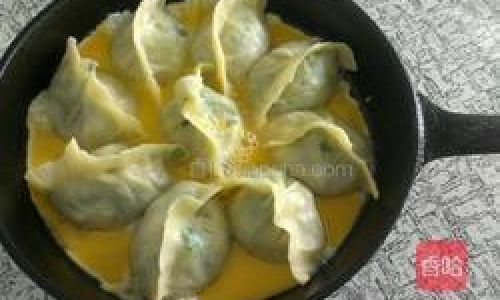
Crafting the Dumpling Wrappers
While store-bought wrappers save time, homemade dough elevates the dish. To make wrappers from scratch:
- Combine flour and salt in a bowl. Gradually add hot water, stirring with chopsticks until a shaggy dough forms.
- Knead on a lightly floured surface for 5–7 minutes until smooth. Cover with a damp cloth and rest for 30 minutes.
- Roll the dough into a log and cut into 12–15 pieces. Roll each piece into a 3.5-inch circle, keeping unused dough covered to prevent drying.
Alternative: Use a pasta machine to roll dough to a #4 thickness for uniformity.
Assembling the Potstickers
Place a wrapper in the palm of your hand. Add 1–1.5 tablespoons of filling to the center. Dip a finger in water and trace the wrapper’s edge to moisten. Fold the wrapper in half, pressing firmly to seal. For a decorative touch, create pleats along one side while pinching the edges together. Place finished potstickers on a parchment-lined tray, ensuring they don’t touch to prevent sticking.
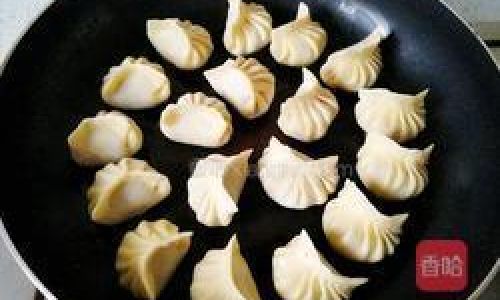
Variation: Experiment with shapes like crescent moons or round purses for visual appeal.
Mastering the Cooking Technique
The key to perfect potstickers is achieving a crispy base without burning the wrappers. Follow this method:
- Pan-Frying: Heat 1 tbsp vegetable oil in a non-stick skillet over medium heat. Arrange potstickers in a single layer, flat-side down. Cook for 2–3 minutes until the bottoms turn golden.
- Steaming: Reduce heat to low and add 1/4 cup water. Cover immediately and steam for 6–8 minutes until the wrappers turn translucent.
- Egg Wrap Application: While the potstickers steam, whisk eggs, cornstarch slurry, salt, and turmeric in a bowl. Remove the lid, increase heat to medium, and let residual water evaporate. Pour the egg mixture evenly over the potstickers, tilting the pan to distribute. Cover and cook for 2–3 minutes until the egg sets.
Troubleshooting: If the egg cooks unevenly, transfer the pan to a preheated 180°C (350°F) oven for 1–2 minutes.
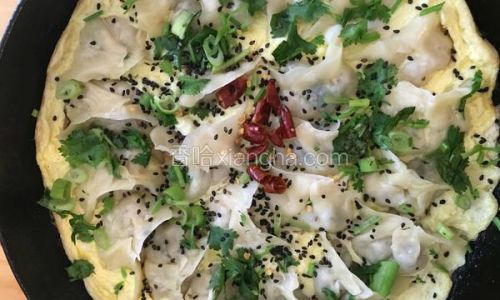
Finishing and Presentation
Once the egg wrap is set, gently loosen the potstickers with a spatula. Invert them onto a serving plate to showcase the golden egg lattice. Garnish with sesame seeds and green onions. Serve immediately with dipping sauces like black vinegar mixed with soy sauce and chili oil.
Creative Twist: For a modern twist, drizzle the egg wrap with Sriracha or a balsamic reduction before serving.
Tips for Success
- Temperature Control: Maintain medium heat to avoid burning the bases before the filling cooks through.
- Egg Consistency: The cornstarch slurry prevents the egg from tearing; omit for a thinner, more delicate wrap.
- Batch Cooking: Freeze uncooked potstickers on a tray, then transfer to a freezer bag. Cook directly from frozen, adding 2–3 minutes to the steaming time.
Exploring Variations
- Vegetarian Option: Substitute the meat with finely chopped mushrooms, tofu, and glass noodles.
- Spicy Kick: Add 1–2 minced Thai chilies to the filling.
- Herb-Infused Egg Wrap: Mix chopped cilantro or chives into the egg mixture.
The Cultural Significance of Potstickers
Potstickers have roots in ancient China, where they were believed to resemble gold ingots, symbolizing prosperity. Today, they remain a symbol of togetherness, often shared during family gatherings and festivals. The egg wrap variation adds a contemporary flair while honoring tradition, making it a versatile dish for both casual meals and celebratory feasts.

Conclusion
Crafting egg-wrapped potstickers is a labor of love that rewards the cook with a dish bursting with flavor, texture, and visual appeal. By mastering the filling, dough, and cooking technique, you’ll create a meal that delights the senses and pays homage to culinary heritage. Whether you’re a novice or seasoned home chef, this recipe invites creativity and guarantees a memorable dining experience. So, gather your ingredients, embrace the process, and savor the golden, crispy results—your taste buds will thank you.

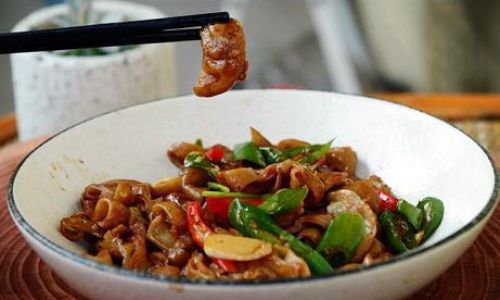
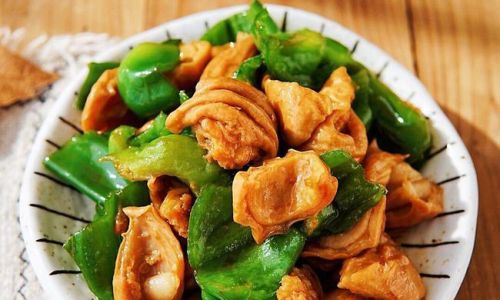
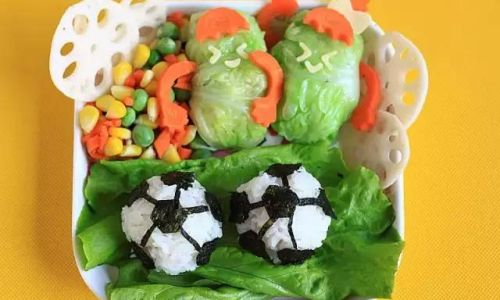
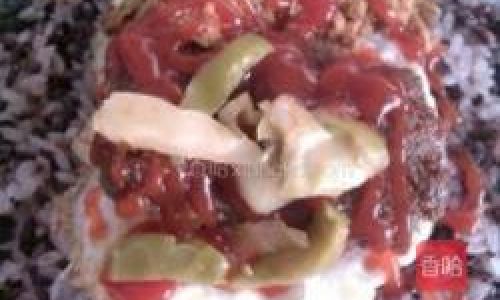
0 comments